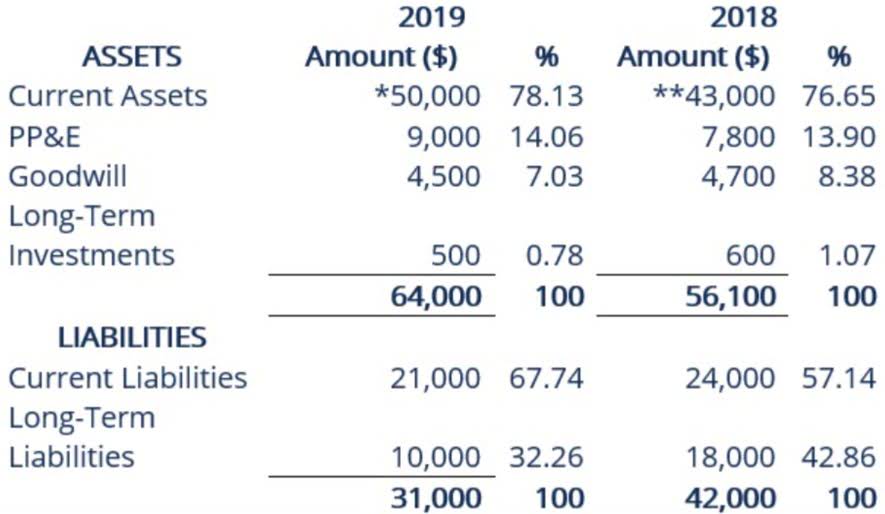
The APV method is more flexible and can accommodate changes in the financing and the interest rate over time. Properly using tax shields as allowed by law should not increase your chances of an depreciation tax shield audit. However, aggressive tax planning or incorrectly claiming deductions can raise red flags. Always ensure your deductions are well-documented and in compliance with tax laws.
- If this risk reduction is not only assumed ex post, but also ex ante for the expected return on equity, this is referred to as a safe tax shield, otherwise the tax shield is uncertain.
- Interest expenses are, as opposed to dividends and capital gains, tax-deductible.
- As you can see, the three methods give different results for the NPV of the project.
- Companies need to examine this particular shield option as it is an opportunity to reduce their tax liability.
- Since interest payments are tax-deductible, the cost of debt needs to be multiplied by (1 – tax rate), which is referred to as the value of the tax shield.
What Is the Formula for Tax Shield?

It’s important to consult with a tax professional or financial advisor to understand the specific tax provisions applicable to your situation and optimize the use of tax shields effectively. By doing so, you can make informed financial decisions and potentially better secure your financial future. A tax shield will allow a taxpayer to reduce their taxable income or defer their income taxes to a time in the future. To calculate a tax shield, you need to know the value of your tax-deductible expenses and your own individual tax rate. The tax shield’s impact on WACC is a testament to the intricate interplay between taxation and corporate finance.

Step-by-Step Guide to Calculate Tax Shield

In a scenario without a tax shield, the entire interest expense is borne by the company, which increases the cost of debt. Consequently, the WACC is higher as it does not benefit from the tax deductibility of interest payments. For example, if a company has a cost of debt at 7% and faces a corporate tax rate of 30%, without the tax shield, the after-tax cost of debt would remain at 7%. For corporate managers, understanding and optimizing the tax shield can lead to more informed strategic decisions. In order to understand the risk effect of the tax shield, it helps to first consider the effect of the leverage effect. Debt has the effect of increasing the risk for equity providers because the interest burden does not vary, or does not vary completely, with the success of the company.
Understanding Capital Budgeting Projects

These investments play a vital role in driving economic growth and creating wealth for individuals, businesses, and even governments. By understanding the concept of tax shield and its implications, individuals and businesses can make informed financial decisions and optimize their tax positions. Remember to consult with a tax professional or financial advisor for personalized advice based on your specific circumstances.
- By deducting these expenses from taxable income, companies can lower their tax liability and ultimately increase their after-tax cash flows.
- By considering the Tax Shield, companies can make informed decisions that align with their strategic goals and maximize shareholder value.
- Companies can choose straight-line or accelerated methods, each offering unique financial benefits.
- The Adjusted Present Value (APV) is defined as the sum of the present value of a project assuming solely equity financing and the PV of all financing-related benefits.
- This strategic maneuver allows them to optimize their capital structure and enhance overall shareholder value.
- It’s important to note that the tax shield value may vary depending on the type of expense or cost being deducted and the tax rate.
The tax shield is calculated as the present value of the interest tax savings over time, using the actual interest rate and debt amount Bookkeeping for Veterinarians for each period. The NPV of the project is then obtained by adding the present value of the cash flows and the tax shield, both discounted at the unlevered cost of equity. One of the most important concepts in finance is the net present value (NPV) of an investment project.
What Is the Formula for Calculating Tax Shield?
Companies need to examine this particular shield option as it is an opportunity to reduce their trial balance tax liability. In business valuation, it is important to determine the beta factors professionally, taking into account the certainty of the tax advantage of debt financing. A distinction must be made between the cash flow effect and the risk effect in order to determine the value of the tax shield. The good news is that calculating a tax shield can be fairly straightforward to do as long as you have the right information.